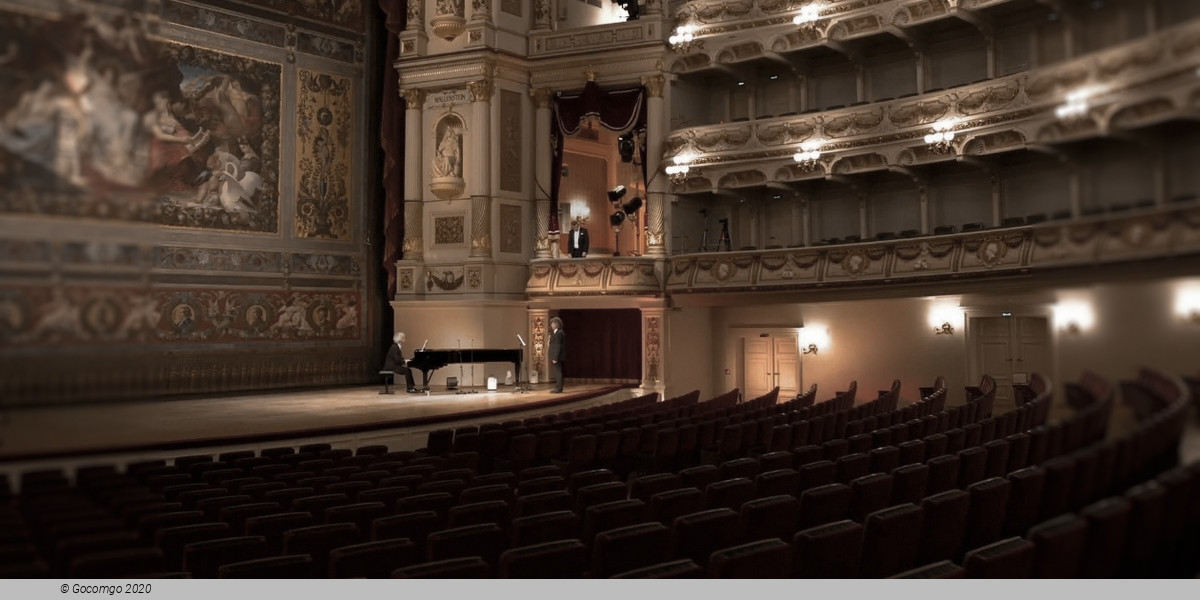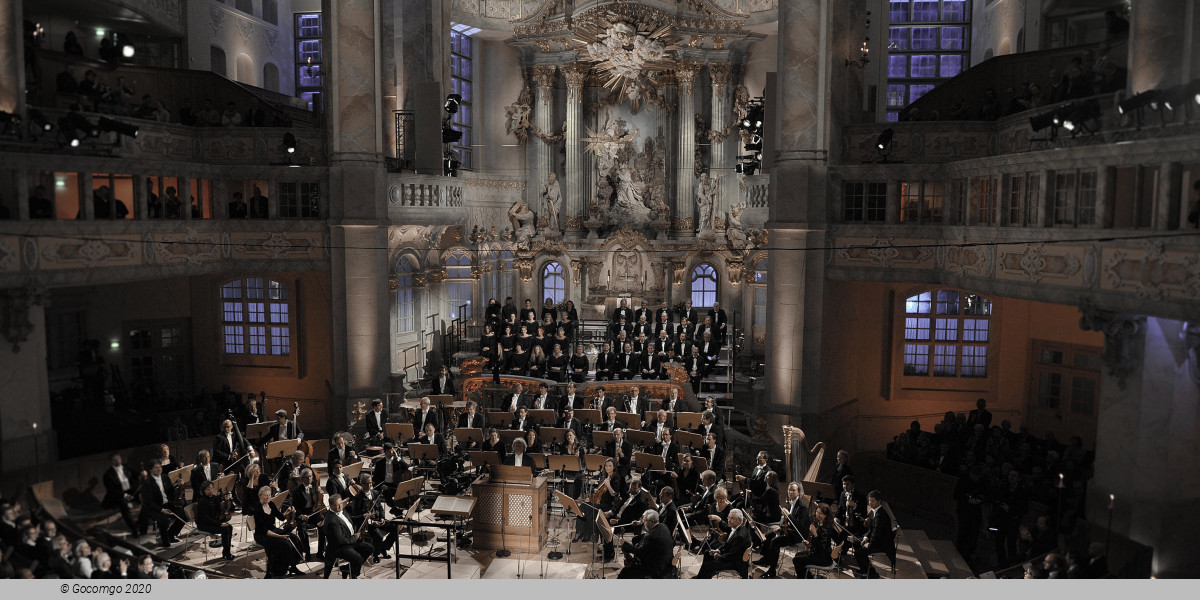Venues in Dresden

Dresden — a city in Germany, the administrative center of Saxony, on the river Elbe about forty kilometers from the border with the Czech Republic. It is one of the largest centers of industry, transport and culture in Germany. The population is 547 172 people (December 31, 2013)
Dresden is the second largest city on the River Elbe after Hamburg.[a] Most of Dresden's population lives in the Elbe Valley, but a large, albeit very sparsely populated area of the city east of the Elbe lies in the West Lusatian Hill Country and Uplands (the westernmost part of the Sudetes) and thus in Lusatia, while many boroughs west of the Elbe lie in the foreland of the Ore Mountains as well as in the valleys of the rivers rising there and flowing through Dresden, the longest of which are the Weißeritz and the Lockwitzbach.
The name of the city as well as the names of most of its boroughs and rivers are of Slavic origin. Dresden is the second largest city in the Thuringian dialect area after Leipzig. The Sorbian language area begins east of the city, in Lusatia.
Dresden has a long history as the capital and royal residence for the Electors and Kings of Saxony, who for centuries furnished the city with cultural and artistic splendor, and was once by personal union the family seat of Polish monarchs. The city was known as the Jewel Box, because of its city centre. The controversial American and British bombing of Dresden in World War II towards the end of the war killed approximately 25,000 people, many of whom were civilians, and destroyed the entire city centre. After the war restoration work has helped to reconstruct parts of the historic inner city, including the Katholische Hofkirche, the Zwinger and the famous Semper Oper.





